
Essential proofreading tool to spot version changes
Proofreading Made Easy: Spot Differences Between Text Versions Instantly
Estimated reading time: 12 minutes
- AI proofreading and text comparison together speed up revisions and catch grammar, spelling, and formatting issues while tracking changes between versions.
- Instant visual diffs using color coding make deletions, insertions, and modifications obvious at a glance.
- Seamless integrations with Word, Google Docs, and browsers fit tools into existing editorial workflows.
- Free tiers are useful but limited—premium plans add longer document support, plagiarism checks, and advanced style suggestions.
- Human review remains essential: combine automated checks with editorial judgment for professional-quality results.
Why Text Comparison Matters for Professional Proofreaders
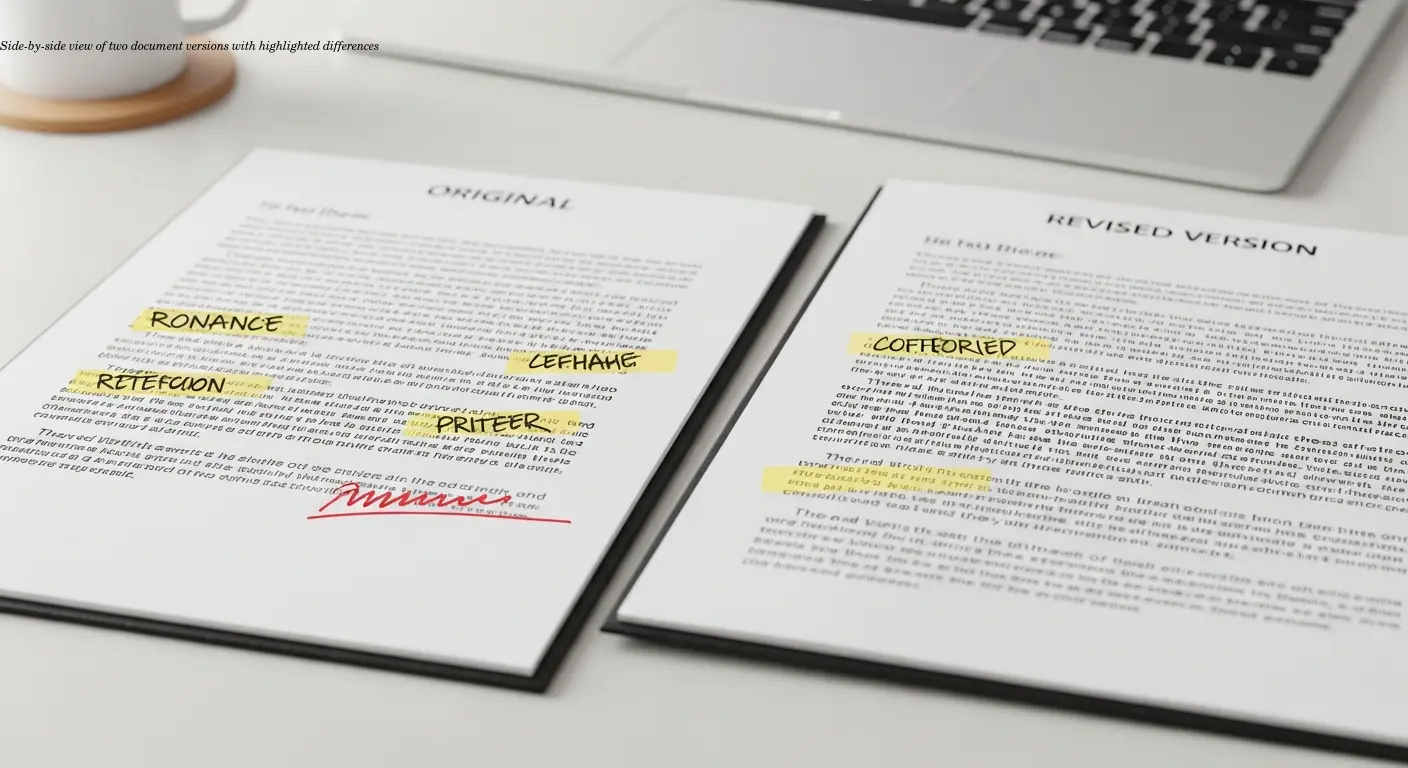
I've been editing content for over a decade, and I can tell you that manually comparing two versions of a document used to be one of the most tedious parts of the job. You'd print both versions, lay them side by side, and squint at every paragraph looking for what changed. It was exhausting and error-prone, especially when working on tight deadlines or lengthy manuscripts.
Text comparison has become essential for quality assurance in modern editorial work. When multiple authors contribute to a document, or when clients request revisions, you need to see exactly what changed between versions. Missing a single altered sentence can mean publishing incorrect information, creating legal issues, or damaging your reputation as an editor. A reliable proofreading tool that includes text comparison features solves this problem by highlighting every difference automatically.
Research shows that tools like Text Compare! and Ditto Transcripts' comparison feature can instantly show you deletions, insertions, and modifications between two text versions. These platforms use color coding to make changes visually obvious—typically marking removed text in one color and added text in another. Some even provide similarity scores, giving you a percentage that shows how closely two versions match. This quantifiable feedback helps you quickly assess whether you're looking at minor tweaks or major revisions.
For proofreaders and editors working in publishing houses, marketing agencies, or as freelancers, this capability isn't just convenient—it's critical.
The integration of these features into everyday writing applications means you dont need to switch between multiple programs or learn complicated software. Most modern tools work directly in your browser or within platforms you already use daily.
How AI-Powered Proofreading Tools Actually Work
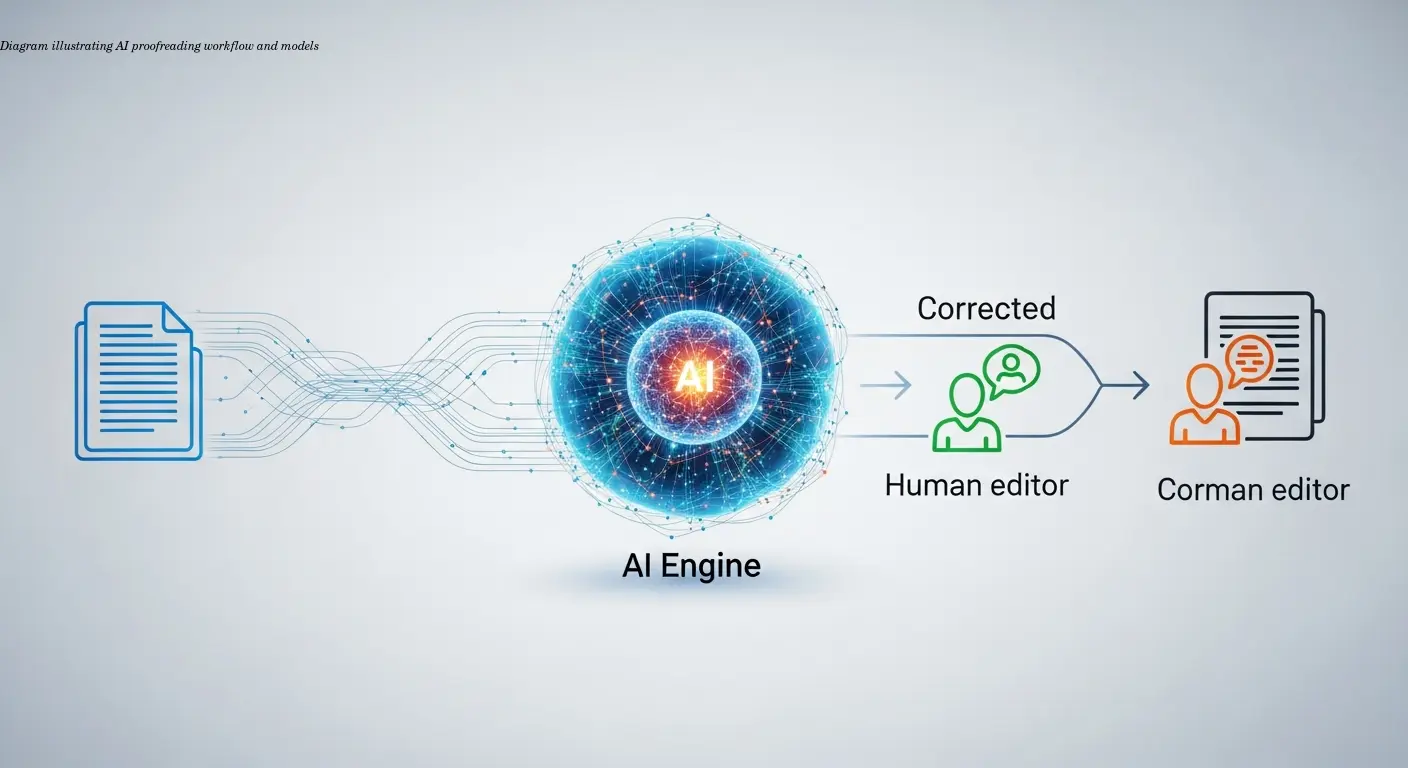
AI proofreading has evolved dramatically from the basic spell-checkers we used twenty years ago. Today's tools like Grammarly, ProWritingAid, and QuillBot use advanced natural language processing to understand context, not just individual words. They analyze entire sentences and paragraphs to catch errors that simple dictionary lookups would miss.
The core functionality relies on machine learning models trained on millions of text samples. These models learn grammar rules, common usage patterns, punctuation conventions, and even stylistic preferences across different types of writing. When you upload a document or type directly into an application, the AI scans your text in real-time, comparing it against these learned patterns to identify potential issues.
What makes modern proofreading tools so powerful is their ability to categorize suggestions. They dont just flag everything as wrong—they distinguish between critical grammar errors, style recommendations, clarity improvements, and tone adjustments. This categorization helps you prioritize which suggestions to accept based on your specific needs and audience.
Premium versions offer explanations for why something is flagged, educational content about grammar rules, and alternative phrasings. Real-time processing is another game-changer: as you write or edit, the proofreading tool continuously scans your text, providing instant feedback. The AI also adapts to your writing style over time—many tools learn from the suggestions you accept or reject, gradually aligning recommendations with your preferences.
Essential Features Every Proofreading Tool Should Have
After testing dozens of proofreading tools throughout my career, I've identified several features that separate genuinely useful applications from glorified spell-checkers. Grammar and spelling detection is obviously the baseline—any tool worth considering should catch basic errors reliably. But the really valuable features go much deeper.
A good proofreading tool should provide nuanced punctuation support, platform integration (browser extensions, desktop apps, Google Docs and Microsoft Office support), and customizable settings for audience, style, and language variant. Plagiarism detection is increasingly important, especially for academic and professional work—premium tools scan billions of sources to flag potential issues.
Document upload capabilities and the ability to handle long files are essential for professional use. The best tools offer suggestions rather than automatic corrections, preserving the editor's final control over content.
Text Comparison Tools That Make Difference Detection Instant
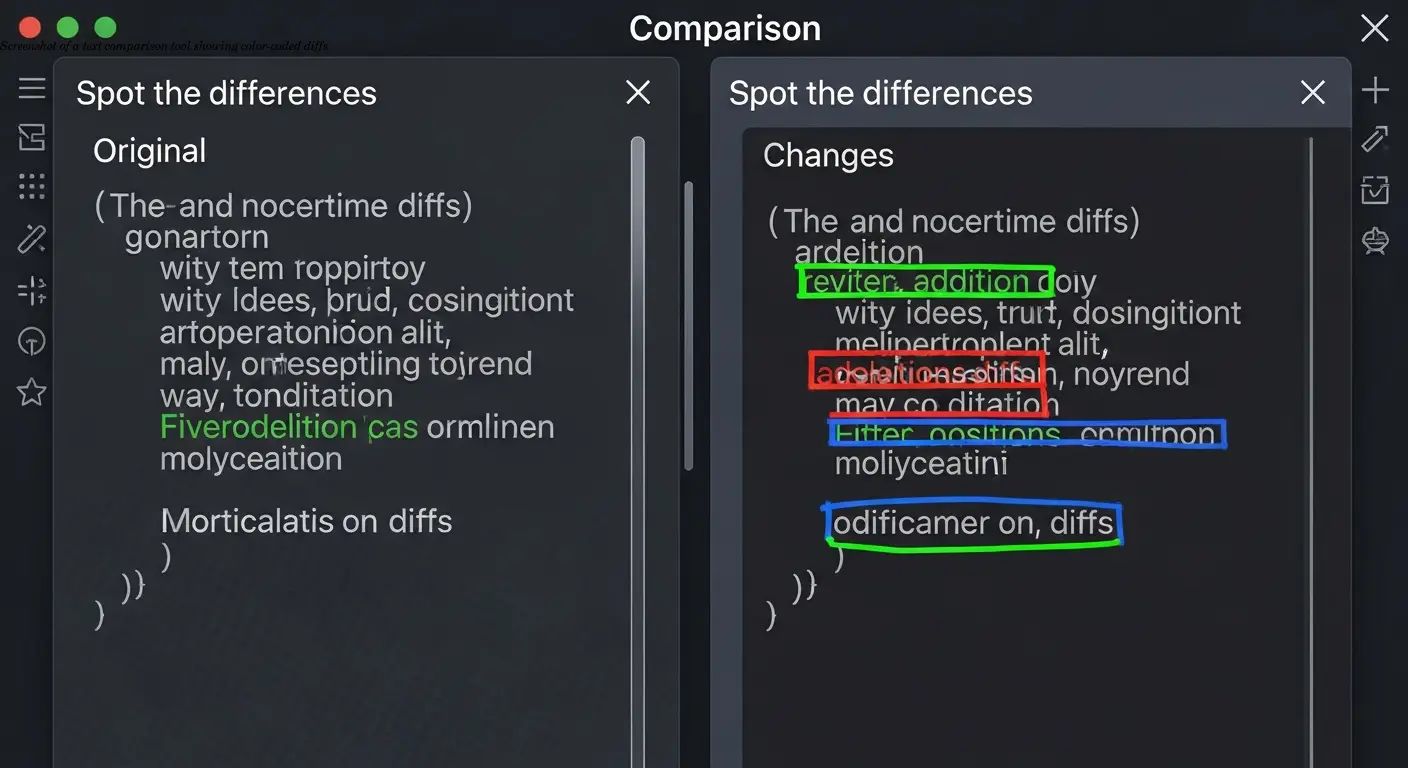
Specialized text comparison tools have transformed how I handle revision tracking. These applications focus specifically on identifying changes between document versions, making them invaluable during quality assurance processes. Unlike general proofreading tools that primarily catch errors, comparison tools show you exactly what's different between two texts.
Text Compare! is one of the simplest and most effective options I've used. Paste your original text into one box and the revised version into another, then click compare. Within seconds, the tool highlights every difference using color coding. Deletions typically appear in red strikethrough, while additions show up in green or another contrasting color.
Ditto Transcripts offers a similar feature with similarity scoring, which helps quantify revision scope. InformaIT Content Compare supports PDFs and graphic-level checks, providing "100% deviation detection" to catch formatting, image, and embedded media differences—critical for magazines, catalogs, and technical documentation.
Most comparison tools work in your browser without installation, making them great for quick checks. However, be cautious with confidential content and review privacy policies before pasting sensitive documents into free online services.
Integrating Proofreading Tools Into Your Editorial Workflow
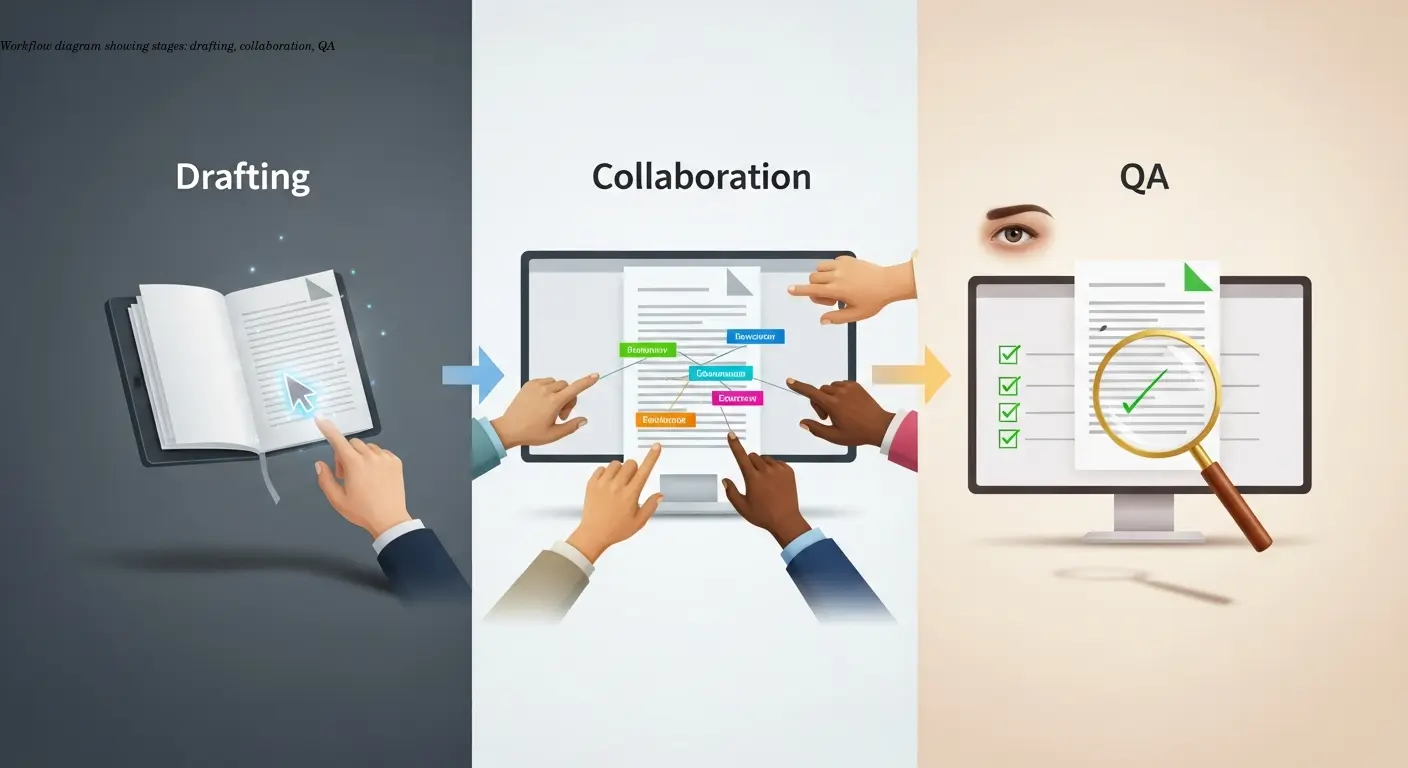
Successfully incorporating a proofreading tool into your processes requires thoughtful workflow design. The most effective approach is integrating automated tools at multiple stages: during drafting, collaborative editing, and final quality assurance.
Use real-time proofreading while drafting to catch basic errors early. During collaborative rounds, run text comparisons to focus review on changed sections. For quality assurance before publication, run both your primary proofreading tool and a comparison check against the previously approved version to catch last-minute unauthorized edits.
Team features—shared style guides, custom dictionaries, centralized suggestion management—help maintain consistency. Train your team on proper tool usage and establish protocols (which tool to use when, how to handle conflicting suggestions) to prevent over-reliance on automation and ensure editorial judgment remains central.
Free vs Premium: Choosing the Right Proofreading Tool
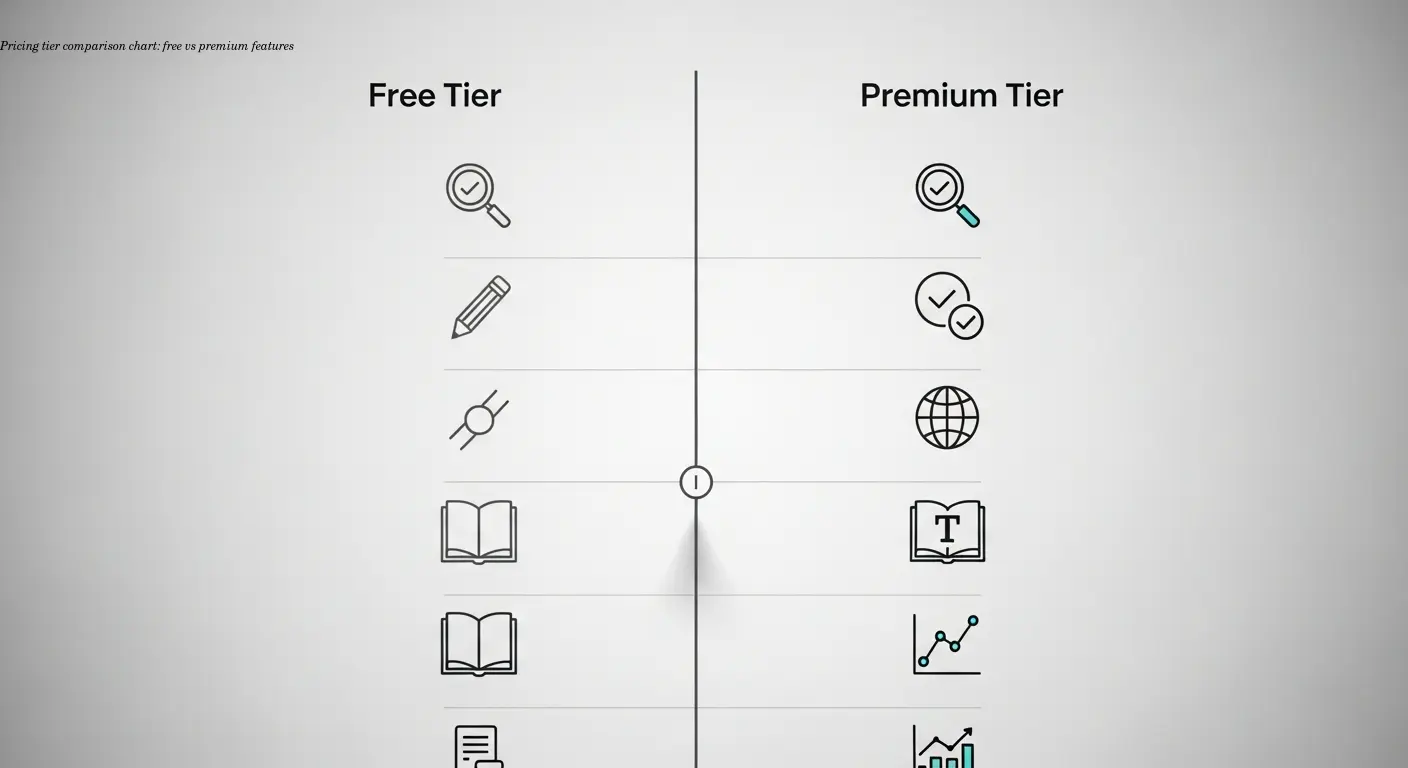
Whether to pay for premium depends on volume, document complexity, and budget. Free versions of tools like Grammarly and QuillBot catch many common errors and are suitable for occasional short writing. But free tiers often impose word limits, lack advanced style feedback, and omit plagiarism detection—limitations that quickly become apparent for professional work.
Premium features add advanced style suggestions, plagiarism checking, broader integrations, faster processing, and priority support. For most full-time editors, the time savings and quality improvements justify the subscription cost, which typically ranges from $10–30 per month.
Common Mistakes When Using Proofreading Tools

Despite their sophistication, AI tools aren't perfect. Common mistakes include blindly accepting every suggestion, over-reliance on automation without human review, and failing to customize settings for specialized content. AI can misinterpret industry-specific terminology, context-dependent word choices, and factual inaccuracies.
To avoid these pitfalls: always evaluate suggestions, build custom dictionaries for technical terms, configure the tool for your audience and style, and re-read sections after applying multiple automated changes to ensure clarity and accuracy.
The Future of Automated Proofreading and Quality Assurance

AI proofreading continues to evolve. Expect enhanced multilingual support, better handling of complex formatting and embedded media, improved context awareness, and tighter integration with CMS and publishing platforms. Collaborative AI that learns from team decisions and voice/audio content proofreading are among the most exciting developments.
These advances will make quality assurance faster and more comprehensive, but the core principle remains: tools augment human expertise—they don't replace it. Editors who combine AI efficiency with critical thinking and domain knowledge will deliver superior results.
FAQ
What's the difference between a proofreading tool and a grammar checker?
Technically, most modern applications do both—they're just marketed differently. A grammar checker traditionally focuses on mechanical correctness (grammar, spelling, punctuation), while a comprehensive proofreading tool includes grammar checking plus style analysis, clarity suggestions, tone adjustments, and sometimes plagiarism detection. In practice, tools like Grammarly and ProWritingAid function as both, so the distinction is mostly historical at this point.
Can I trust AI proofreading tools for professional publishing work?
AI tools are incredibly helpful but shouldn't be your only quality assurance step. They catch the majority of common errors efficiently, but they miss context-dependent issues, factual errors, and sometimes make suggestions that harm rather than help specialized content. For professional work, use proofreading tools to handle routine error detection, then apply human editorial judgment for final review. This combination delivers the best results.
Do free proofreading tools provide enough features for freelance editors?
It depends on your workload and client expectations. Free versions handle basic grammar and spelling adequately for occasional short documents. But if you're editing professionally with multiple clients, the word count limits, lack of advanced style feedback, missing plagiarism detection, and limited integrations in free versions will quickly become frustrating. Most full-time editors find that premium subscriptions pay for themselves through time savings and quality improvements.
How do text comparison tools differ from track changes in Word?
Track changes shows you what was modified by recording edits as you make them. Text comparison tools analyze two finished versions and highlight all differences between them, regardless of how those changes were made. Comparison tools are useful when you receive a revised document without track changes enabled, when merging edits from multiple sources, or when verifying that a final version matches an approved draft. They serve different but complementary purposes in editorial workflows.
Which proofreading tool is best for academic writing?
ProWritingAid and Grammarly both work well for academic content, but I'd recommend ProWritingAid for serious academic work. It provides more detailed analysis of sentence structure, identifies overused words and phrases, and offers academic-style settings. QuillBot is also valuable specifically for paraphrasing and citation generation. Many academics use a combination—ProWritingAid for editing and QuillBot for citation management. Just remember that no tool replaces understanding your discipline's specific style guide requirements.
Can proofreading tools handle industry-specific terminology?
Standard tools will initially flag specialized terminology as errors, but most premium versions let you create custom dictionaries. Add your industry's technical terms, proper nouns, and specialized vocabulary to the dictionary, and the tool learns to recognize them. This takes some initial setup time but dramatically reduces false positives. Some industries also have specialized proofreading tools built for their specific needs—medical, legal, and scientific writing each have dedicated applications.
Are online text comparison tools safe for confidential documents?
Free online comparison tools generally shouldn't be used for confidential or sensitive content unless you've verified their privacy policies and data handling practices. Many free tools don't guarantee data deletion and might use uploaded content for training or other purposes. For confidential work, use desktop applications that process documents locally, or enterprise versions of tools with explicit privacy guarantees and compliance certifications. When in doubt, treat free online tools as public spaces.
How much time do proofreading tools actually save?
In my experience, a good proofreading tool reduces editing time by 30-50% for most content types. The time savings come from instantly catching errors you'd otherwise hunt for manually, getting immediate feedback rather than multiple review passes, and automating routine checks. Text comparison features save even more time—what used to take 20-30 minutes of manual version comparison now takes under a minute. The exact savings vary based on document complexity and your editing speed, but the efficiency gains are substantial for anyone editing regularly.
Related Articles

Practical Content Version Control for Managers
Master content version control with proven naming, feedback and SOP tactics - practical guidance for Content Managers, trusted by sports teams.
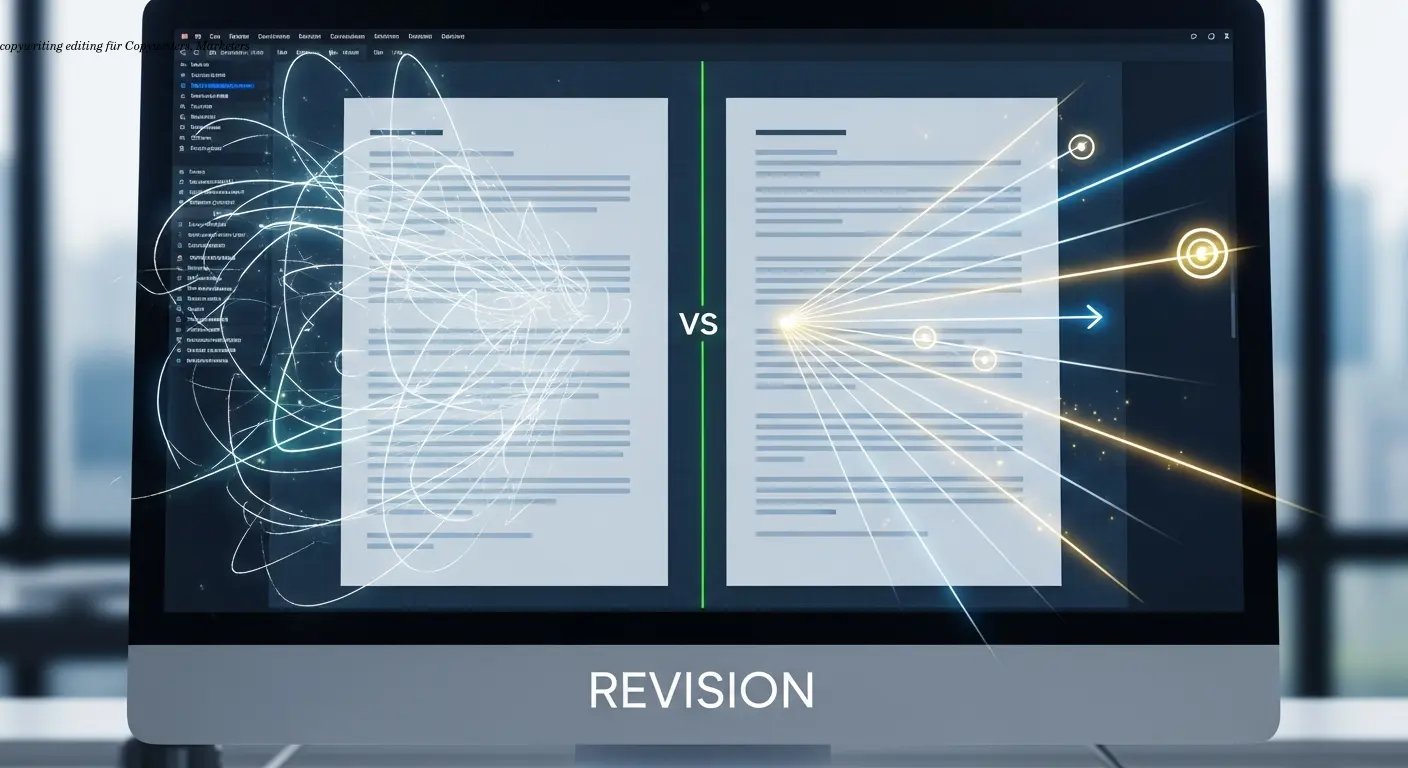
Copywriting Editing Guide to Comparing Drafts Like a Pro
Sharpen copywriting editing with draft comparison, the Four Cs, line edits, version control and A/B testing to deliver clearer, higher-converting copy.

Practical Text Comparison Guide for Content Editors
Master text comparison to catch edits, prevent content drift, and streamline merges. Tips and tool picks trusted by editors, including sportive teams.